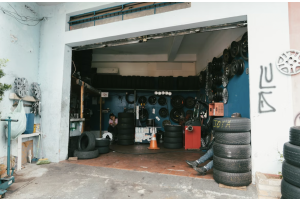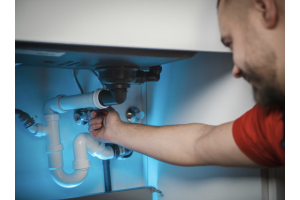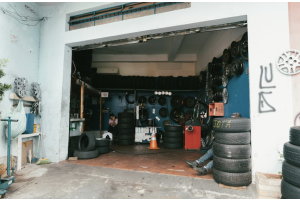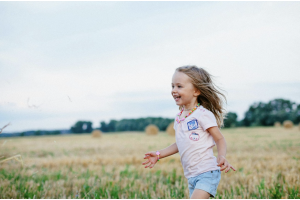Teaching Your Children Emergency Safety

Teaching kids how to respond to a fire, medical emergency or natural disaster may seem scary, but it's necessary. Even preschoolers need to learn how to recognize an emergency and respond appropriately.
With the right approach and a little patience, even the youngest kid can gain the confidence needed to manage an emergency. These tips will help you teach your child the important lessons of home and personal safety.
Step 1: Know how to identify an emergency
Teach your child to recognize the difference between a problem and an emergency. Children may need help with a problem, but don't need the police or fire department to solve it. An emergency requires immediate assistance from an emergency service or paramedics.
Help your child determine how to handle problems versus emergencies. Discuss what warrants calling 911 (for instance, a fire) and what can wait until an adult is available (the electricity goes out).
Step 2: Learn personal details
Help kids memorize their full name, address and a parent's phone number. This helps in the event you become separated during a natural disaster or community event, or if your child has to call 911.
If your kids are too young to memorize a long string of numbers, omit the area code and zip code. Very young children can learn descriptive details, such as "I live on Chestnut Street," or "I live across the street from City Park."
Step 3: Learn to dial 911
Show your child how to call 911 from a telephone. Explain that 911 is only for true emergencies such as severe injuries, illnesses, fires and intruders. The emergency number should never be utilized as a joke or for a prank, nor should it be called to report a scraped knee or kitty up a tree.
Be sure to say "9-1-1" around children, to prevent any confusion about searching for an elusive “11” button.
Step 4: Trust instincts
Kids need to know that it's okay to get away if a situation doesn't feel right. Teach them they should say no and get out of a situation that seems "off." Make sure kids know who they can ask for help: police officers, firefighters, clergy, teachers, etc.
Step 5: Make a plan
Help children understand when it’s necessary to evacuate the home. Let them hear what a smoke alarm sounds like so they can take action.
If a fire were to occur, kids need to know to leave behind personal possessions, no matter how important. Identify a family meeting place in the event you can't get out of the house together, and make sure your child knows it's okay to leave the house without a parent. Lastly, part of your plan should be making sure you have enough fire protection systems installed by professionals, like a fire sprinkler installation Los Angeles.
Step 6. Learn basic first aid
Make a first aid kit with your kid. It should include bandages, gloves gauze, a CPR pocket mask and other appropriate items. Explain why and how each item is used so your child can be ready to act if necessary. Agree on a spot where the kit will be stored in your home.
Step 7: Practice makes perfect
Emergencies are stressful. Your child may panic if feeling unsure of what to do. Practice will help your kid understand his or her role and prevent potentially fatal freezing up. Roleplay making a 911 call, walk through your home evacuation plan several times and make a trip to the designated meeting place. Confidence helps in critical moments.
Step 8: Customize your plan
Make emergency plans that are specific to your geographic area. For example, if you live in an area where tornadoes occur, teach your child what to do if the sirens sound.
Emergency situations are scary, but preparation will help your loved ones be prepared. Use these tips to ensure everyone in your home know what to do in the event of a fire, serious injury or other disaster.
For more information on how to prepare your kids for an emergency, please see the accompanying resource.
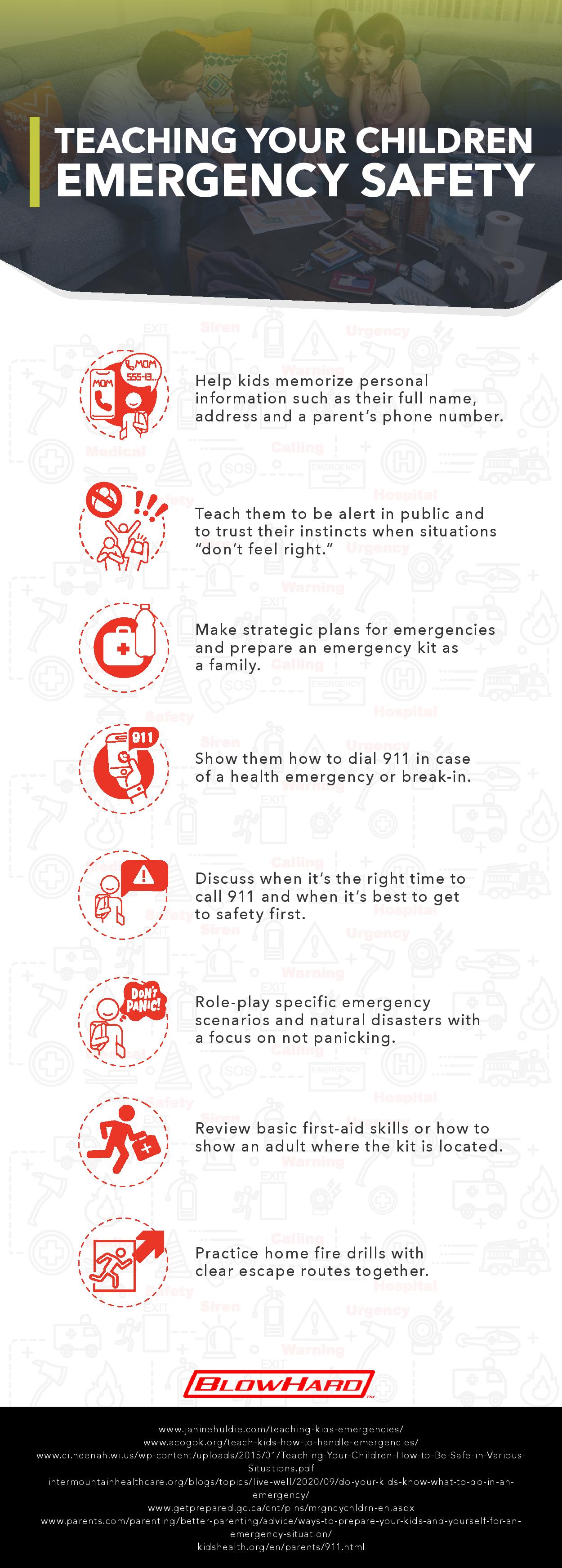
Author bio: Benjamin Hadlock is Vice President of BlowHard Fans, an innovator in industrial fans for firefighters. For more than a decade, Hadlock has been a driving force in BlowHard Fans’ strategic journey in research and quantification of fan performance as part of product development. He has been instrumental in relationship building and information sharing within the industry.

